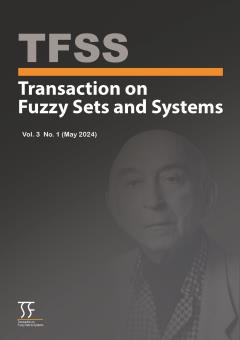It has been shown in [3] that in the two-dimensional case, the lattices of truth values considered are pairwise isomorphic, and so are the corresponding families of fuzzy sets. Therefore, each result for one of these types of fuzzy sets can be directly rewritten for eac
More
It has been shown in [3] that in the two-dimensional case, the lattices of truth values considered are pairwise isomorphic, and so are the corresponding families of fuzzy sets. Therefore, each result for one of these types of fuzzy sets can be directly rewritten for each (isomorphic) type of fuzzy sets. In this paper, we show that there is a strong connection between weighted graphs and fuzzy graphs. We accomplish this by using lattice isomorphisms. Consequently, under certain conditions, results for one area can be carried over immediately to the other. Many situations in fuzzy graph theory do not depend on the weights of the vertices. The situation of providing weights for the vertices of a weighted graph is also considered. We also consider lattice homomorphisms with an illustration involving nonstandard analysis. In particular, we consider a nonstandard weighted graph, i.e., a graph where the weights of the edges are from a nonstandard interval.
Manuscript profile


